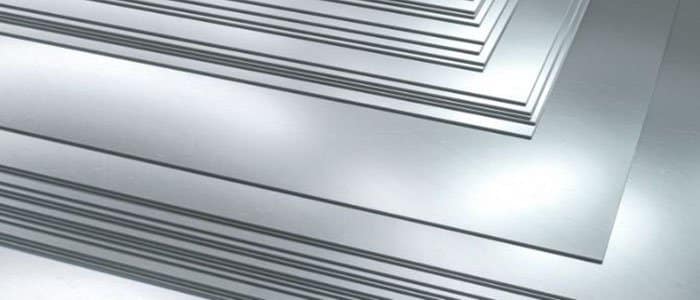When choosing materials for a project, whether it’s for home appliances, automotive parts, or industrial components, the type of stainless steel you select matters. Two of the most common grades you’ll encounter are 430 stainless steel and 304 stainless steel. They may look similar at first glance, but they have distinct properties that make them suitable for very different applications.
The Core Difference: Composition
The fundamental distinction between 430 and 304 stainless steel lies in their chemical makeup, specifically the presence of nickel.
- 304 Stainless Steel: This is an austenitic steel, containing both chromium and a significant amount of nickel (typically between 8-10.5%). The nickel is the star ingredient here, as it dramatically enhances the steel’s corrosion resistance and makes it non-magnetic in its annealed state.
- 430 Stainless Steel: This is a ferritic steel, which contains a high amount of chromium but very little to no nickel. The absence of nickel makes it more affordable but also changes its properties.
Key Features Comparison
1. Corrosion Resistance
This is often the most critical factor.
- 304 Stainless Steel: Offers excellent resistance to a wide range of corrosive environments, including most acids, alkalis, and chloride-containing substances. This makes it the go-to choice for anything that will be exposed to moisture, chemicals, or salty air. Think kitchen sinks, food processing equipment, and marine applications.
- 430 Stainless Steel: Provides good corrosion resistance against mild atmospheric conditions and freshwater. However, it is more susceptible to rust from chlorides (like salt) and certain chemicals. It’s best suited for dry, indoor environments.
2. Magnetism
This is a simple and practical way to tell the two apart.
- 304 Stainless Steel: Is generally non-magnetic. If you take a magnet to a piece of 304, it won’t stick (unless the steel has been cold-worked, which can introduce some magnetic properties).
- 430 Stainless Steel: Is magnetic due to its ferritic structure. A magnet will stick firmly to it. This can be a quick field test for identification.
3. Cost
Budget is always a consideration.
- 430 Stainless Steel: Is the more economical option. Because it lacks nickel, which is a relatively expensive alloying element, its price point is significantly lower than that of 304.
- 304 Stainless Steel: Carries a higher price tag due to the addition of nickel. However, its superior durability and longevity in harsh environments often provide a better return on investment over time.
4. Formability and Welding
How you plan to shape the material is also important.
- 304 Stainless Steel: Is highly formable and can be easily welded, drawn, and formed into complex shapes without cracking. This versatility makes it a favorite for manufacturers.
- 430 Stainless Steel: Has good formability but is not as ductile as 304. It can be more challenging to weld and may become brittle in the weld’s heat-affected zone if not done properly.
How to Choose
The choice often comes down to a balance between initial cost and long-term performance.
- Choose 430 Stainless Steel when:
- The application is decorative or in a dry, indoor setting.
- Cost is a primary concern.
- Magnetic properties are needed.
- Examples: Automotive trim, washing machine panels, decorative interiors.
- Choose 304 Stainless Steel when:
- The part will be exposed to moisture, chemicals, or the elements.
- Corrosion resistance is the top priority.
- You need excellent formability for complex shapes.
- Examples: Food processing equipment, kitchen sinks, outdoor fixtures, chemical tanks.
Final Thoughts
Both 430 and 304 stainless steel are valuable materials, but they serve different purposes. 304 is the premium, all-around workhorse for demanding environments, while 430 is the budget-friendly, reliable choice for less demanding, often decorative applications.
At Daxun Alloys Co., Ltd., we supply both grades and understand their unique characteristics inside and out. If you’re still unsure which stainless steel is the right fit for your specific needs, our team is here to provide expert guidance. Making an informed choice at the start will save you time and money in the long run.




